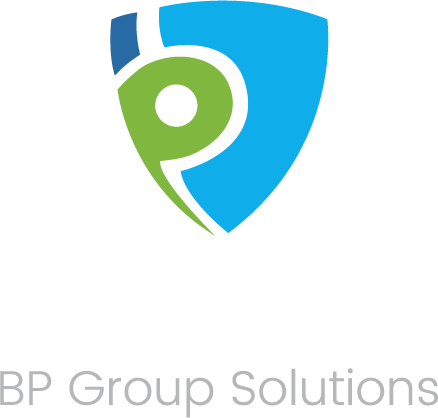How to Save | A Retirement Savings Plan for Self-Employed Canadians
How to Save | A Retirement Savings Plan for Self-Employed Canadians

Being a self-employed Canadian is quickly growing in popularity. According to Stats Canada, as of 2018, 2.9 million Canadians are now self-employed. Choosing to run a business or freelance has many great benefits. Being your own boss comes with a lot of freedoms; like choosing how the business is run, what hours to work, when to close for holidays and so on. But being self-employed isn’t just about more holiday time and flexible hours, you are also responsible for organizing & paying your taxes, tracking your spending & revenue, marketing and funding your retirement.
While you can hire professional help to assist you with things like taxes, it’s up to you as the employee and the owner to organize your finances and save for retirement on your own. It’s smart to seek the help of a financial advisor to discuss the best route for your long-term savings plan if you don’t already have one. Luckily there are plenty of options available to ensure you can live comfortably after retirement.
The first step to sorting out your retirement savings plan is to decide what retirement looks like for you.
- Will you retire at 65? Earlier or later?
- Will you sell your current home and downsize or stay where you are?
- Is travelling something you’d like to do?
- Is working part-time after retirement something you will do to keep busy?
- Do you plan to leave money to your children or other family members?
- Consider your current age and how long you have until retirement.
Considering all of these questions will help you decide not only which method of saving is best suited to you, but also how much you will need to contribute monthly in order to reach your retirement goals. You should also consider the amount of money your business is making each year and factor that into your savings. On the years business is good and you bring in more, put more away for retirement so that if you have a few “off” years, where your net income is lower, your savings doesn’t suffer.
What are my options for a retirement savings plan?
Canada Pension Plan (CPP)
There is a common misconception that self-employed people don’t pay into CPP, but this is not the case. All taxpayers have a CPP account based on their contributions made since the age of 18. If you are running your business and making over $3500 a year and paying your taxes, then you are paying into Canada Pension. One important factor to remember is that for self-employed individuals, you are responsible for paying 100% of your CPP contributions, compared to the 50% when you’re employed by someone else (the employer pays the other 50%). In 2019, the self-employed CPP rate went up to 10.2%. Canada Pension payouts usually start around age 65 but can start as early as 60. For most people, CPP is not enough to be your sole source of income at retirement, but it’s a good filler to give you some extra money to be able to do the things you want to do.
Registered Retirement Savings Plan (RRSP)
This is usually the first thing people think of when it comes to a retirement savings plan. But is an RRSP your best option when you’re self-employed? Like anything else, there are pros and cons to an RRSP. First off, you can’t touch this money until retirement at age 65, (with a few small exceptions) so if you were hoping to retire earlier, then you might want a second method of saving that you can access before this one. Second, while RRSP contributions actually lower your taxable income each year that you put money in, you are taxed on the amount you take out when you retire. For the self-employed, keep in mind that your RRSP contribution limit is 18% of your earned income.
Tax-Free Savings Account (TFSA)
A TFSA can be a great option for a retirement savings plan. Many people have tax-free savings as well as their other retirement plans. Like any other method of saving, a TFSA has both pros and cons. Some of the pros of saving for retirement in a TFSA is that well…it’s tax-free! You are not taxed on any income that your investment earns. Another great benefit to a TFSA is that you don’t have to wait until retirement age to use your money. If you want to (and can) retire earlier than most, then you can withdraw from your account at any time. The biggest downside to this type of savings account is that your yearly contributions are capped at $6,000/year. Any amount you put in that exceeds this amount will be charged a 1% penalty per month from the CRA until it is removed from your account.
That being said, your yearly contribution limits carry over year to year. For example, if in 2018 you only put $2500 into your tax-free savings, then in 2019 you can contribute up to $9500 without any penalties. Even if you’ve never had a TFSA, you have accumulated contribution room for every year since 2009 that you were 18 years of age or older and a resident of Canada. So if you were 18 in 2009 and opened your TFSA in 2020, you could put up to $66,000 into your account this year.
Everyone dreams of having a great retirement with little worry about where their money is coming from month to month and we understand the importance of a sound retirement plan. These are just some of the options available for anyone trying to save for retirement. Whether you are an employer looking for greats plans for yourself and your team or self-employed, our knowledgeable team at BP Group Solutions can work with you to help you understand all your options and decide which one best suits your needs. Start planning now so you can have the life after retirement that you’ve always wanted.






